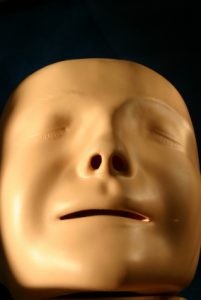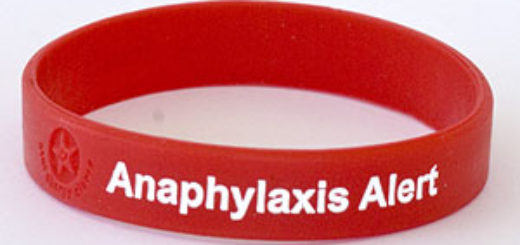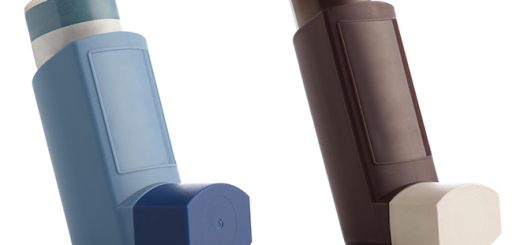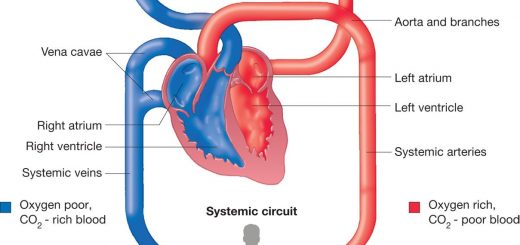How to clean resuscitation manikins
It is important to ensure that strict standards of hygiene are observed during CPR practice. There is the potential for infection to be passed from student to student when practicing rescue breaths on resuscitation manikins. Although the risk is small, it is important that first aid instructors take adequate measures to reduce this risk.
Cleaning manikin faces
Once the student has finished with rescue breaths, hard surface cleaner should be used to wash around the mouth, face and nose. The wipe should then be used in the mouth and left in place for 30 seconds. If a student is to immediately follow with use of the manikin then the face can be dried with a piece of gauze or a tissue. If the manikin has been finished with the face may be left to air dry.
Faces should be changed at the end of a programme of training, they must then be cleaned in Virkon (or similar disinfectant). Any faces with splits in the plastic should be thrown away and not used.
Washing Manikins
Manikin lungs must be changed on a regular basis. A recommendation would be at least once after group usage although manufactures may have different instruction. Soiled lungs should be disposed of carefully.
Manikins should have a thorough cleaning several times a year. This includes washing with hot soapy water all plastic parts and washing any clothes.
The box or bag that the manikins is stored in should have a chart for keeping a record of when lungs are changed and when the thorough cleaning took place.
Manikin chest plates should be cleaned on a daily basis. Marks can be removed with a variety of household cleaners.







Great information as always